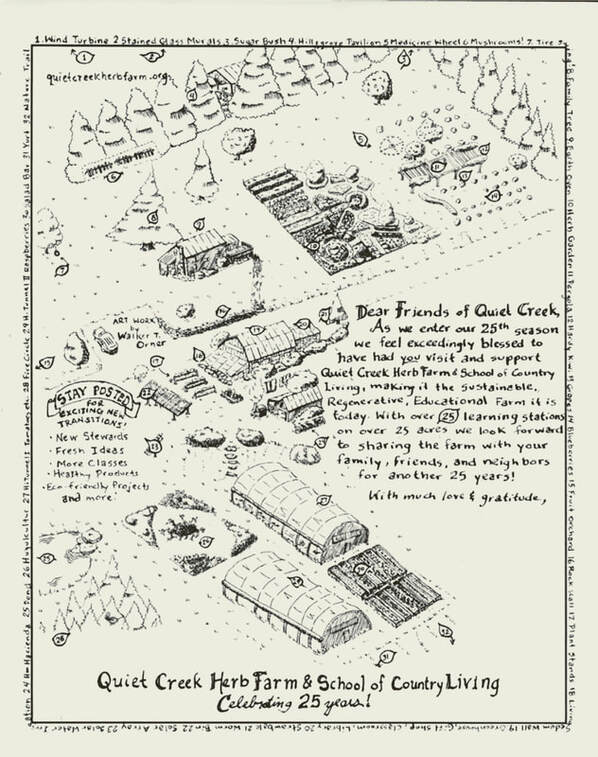He had spent some time in the bush cutting down young hard wood trees and then cutting them into six foot sections. He piled them at the edge of the field behind the Harmony House garden which he had chosen to smolder the wood.
Packing a charcoal skill, my dad soon learned, took skill. In the center of the twenty foot level area, Brain carefully constructed what he called a “baby,” three cubic feet of dry kindling. He then began setting larger chunks of wood about eight inches in diameter and sometimes up to six feet long into a sort of a teepee. Brian and my dad did this until the skill was packed tightly with saplings to fill the holes. Jerry, a Rastafarian neighbor and friend, assisted in cutting the sapling plugs with only a few swift swings of his machete. Our friend Dave explained that to use the machete properly you must ‘drive it like a car with your foot on the pedal’ so to be safe and under control. The skill grew up and out very quickly to nearly six feet tall. Brain had my dad climb up on top of the pile and jam the rest of the foot long sapling plugs into the remaining holes. When the wooden part of the skill was complete it resembled a beaver lodge. Brain and Jerry then covered the top with some zinc roofing and then covered the whole pile with cut grass and weeds about a foot thick. Rocks and logs were placed around the bottom and the green layer was covered with soil. All the time a tunnel was kept open to the center of the skill to light it. When the soil was complete Brain lit a rag soaked in kerosene that was tied to end of a long stick on fire and shoved it into the tunnel to the “baby.” Brain covered up the tunnel as smoke slowly started to seep out of the vents. The next day the skill seemed to be a smoking volcano on the verge of eruption with smoke filtering out of the pile, but Brian carefully controlled the smoke flow buy adding dirt onto selected holes.
The skill was left to smolder for nearly a week until the smoking ceased, indicating, in the words of Brain, “it finished.” After an additional day of cooling off, the soil was shoveled off and Brain and my dad used a grub hoe and a rock rake to “draw” or unpack the skill. This soon turned out to be long, dirty work. The finished charcoal was spread out in a halo around where the pile used to be. After the charcoal cooled it was packed into feed bags and covered with large, fan shaped leaves that Brain cut from the ‘bush’ or nearby tropical woods. They slid down around the top of the bag to make a perfect lid and then the bag was tied with “wists” (vines). Brain’s skill yielded fifteen bags of charcoal which he can sell for six hundred Jamaican dollars each (about seven American dollars) to his neighbors and friends.
Charcoal is used by most of the community for cooking their food on open fires or on cement platform stoves. The advantages of charcoal are that it creates a hot fire and burns with very little smoke.
This week my dad caught a trade by learning how to pack and draw a skill.
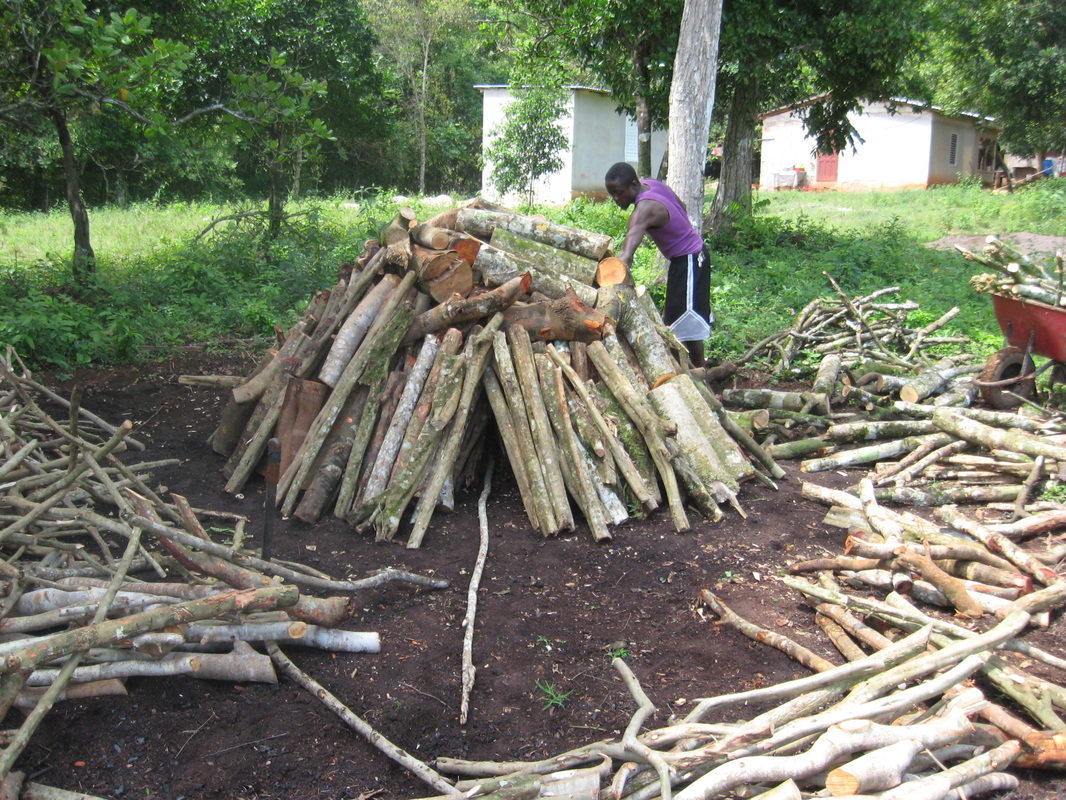
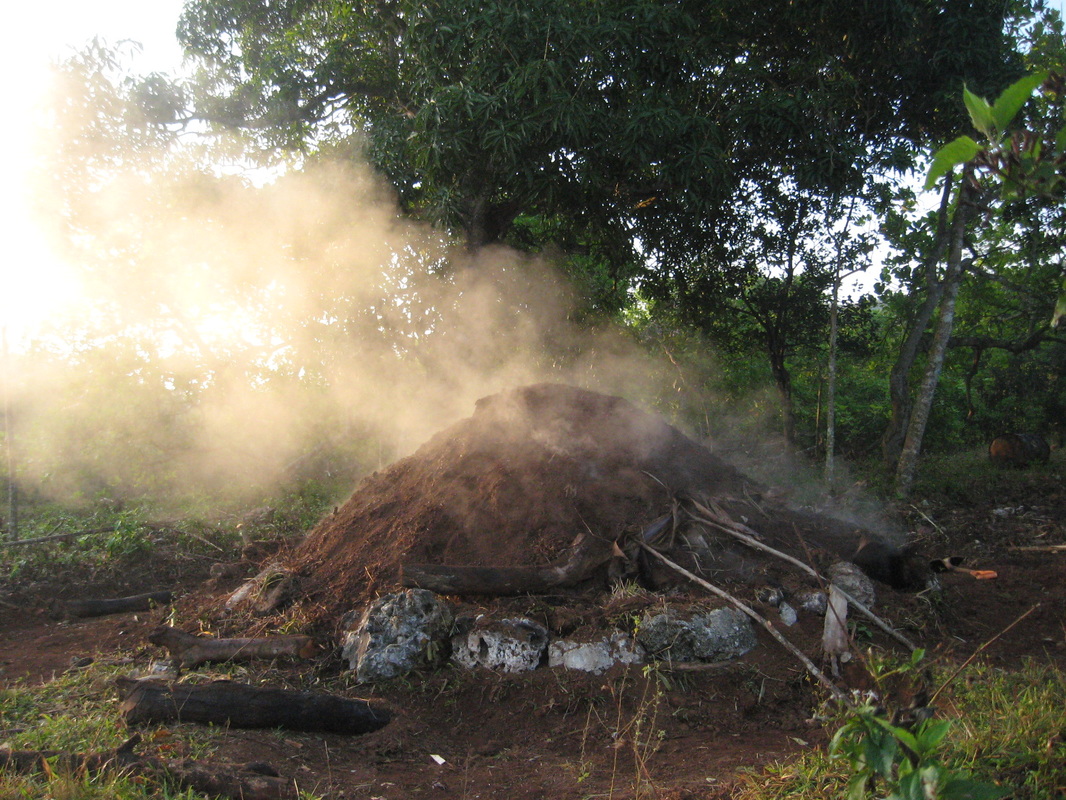
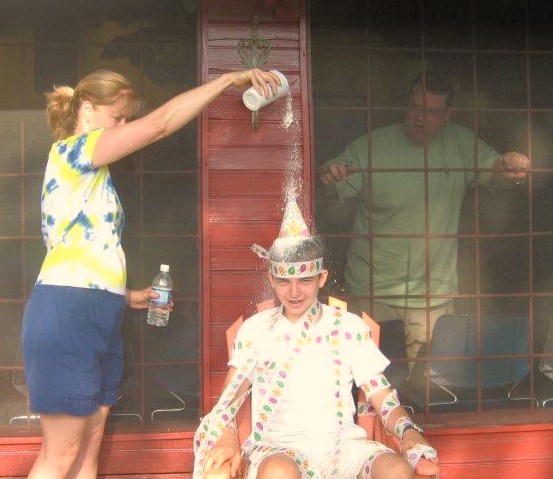
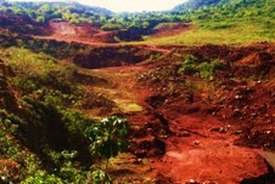
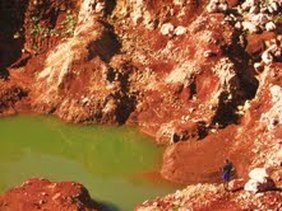

 RSS Feed
RSS Feed
